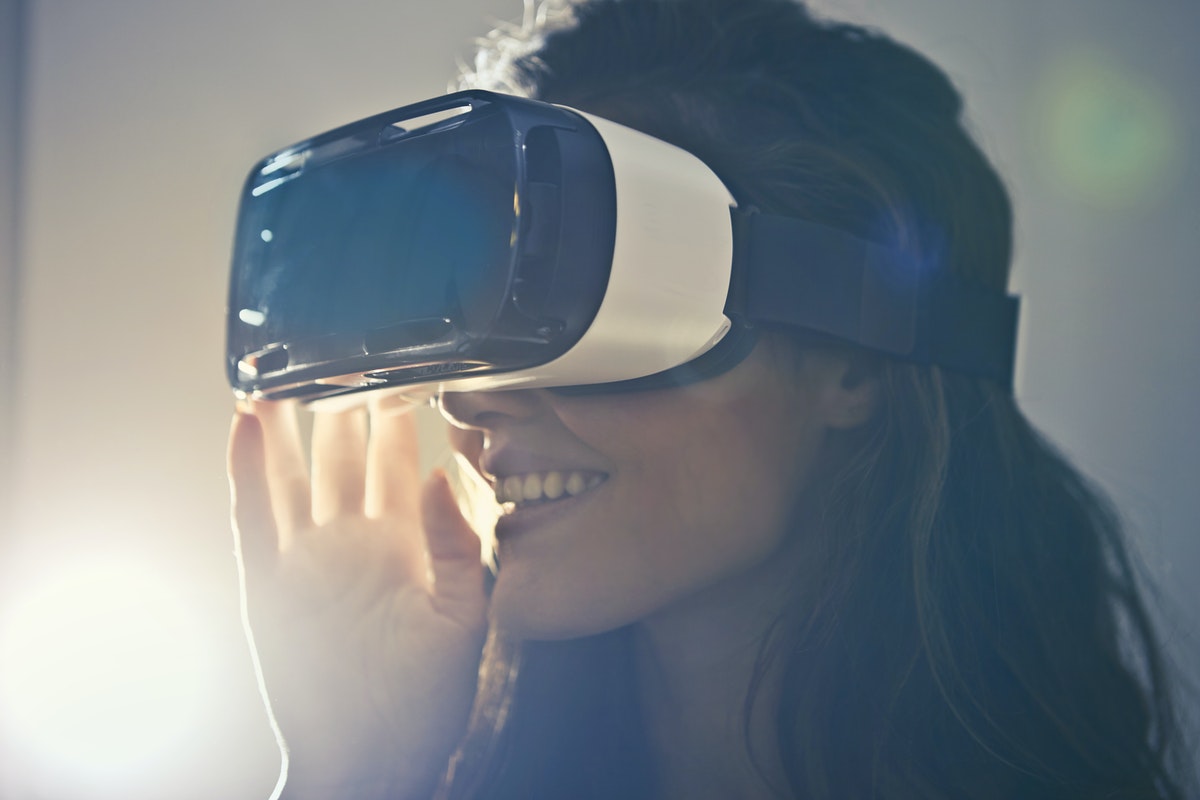5 Immersive Tech Innovations
With the pandemic around, we have tipped into digital commerce and immersive technologies are maturing with each passing day. The [...]
W ith the pandemic around, we have tipped into digital commerce and immersive technologies are maturing with each passing day. The boom with immersive tech innovations is seen across all sectors.
Countries across the globe are investing in the research and growth of immersive technology. Innovations are making rapid progress from the retail sector, to healthcare and education. The prediction lies in the fact that sooner or later, immersive technology will revolutionize everything from theme parks to daily life while enhancing buyer experience and consumer confidence.
If you're still struggling to understand immersive technology, it is an integration of virtual content with the physical world to allow people to engage and blend in. going into the digital channel, brands cannot still leave out innovation and stay behind. By investing a few chunks, brands can stay on top of their customer relationship, sales, and brand identity as a whole. Stay prepared to welcome the next wave of digital commerce!
Getting aware of different types of immersive technology can help identify which innovative tech solution would work best for you.
1. Virtual Reality
VR imposes a layer of digitalization over the physical world, replacing the user’s physical surroundings. It is used in both hardware and software contexts to provide immersive experiences. The user is immersed in an ecological alternative to the physical space which is blocked out. Content is computer generated and users access it via a headset (Oculus quest or HTC Vive). For more interactive experiences like gaming, hand controllers can also be attached. The video game industry has taken huge advantage of immersive technology in a creative context, bringing innovation to gamers.
Immersive telepresence (also known as VR) creates a more realistic and powerful experience through digital equipment. Telepresence is a real-life encounter rather than a traditional video conference with a video representation and an audio feed. Hence, immersive telepresence mimics participants being present in a remote location.
2. Augmented Reality (AR)
Ever wondered how Snapchat filters, like dog ears, appear in exactly the right place? Or how accurately does the face shape change filter work? All thanks to augmented reality that allows the camera to map the face and determine where to adjust the digital assets. Augmented reality works by overlaying the real world with digitally generated content that can be flat 2D, and even 3D.
Thus fusing reality with virtual The easy accessibility of AR is a great innovation. Users can now enjoy it even via the smartphone or tablet. AR is working through computer vision algorithms which lets the device see the physical object through depth tracking, the device can place the virtual assets in an immersive way.
3. Mixed Reality
The advancement in computer vision, graphical processing, display, and cloud computing have made possible the spectrum between the physical and digital world called mixed reality. It overlays the digital assets with the physical world, but these can be visibly obscured by real-world objects. It depends on computer vision technology to place digital assets while creating a sense of virtual presence for the user. A good example is the hololens, which are worn like a headset and allow users to physically place virtual items. This is one of the greatest innovations for entertainment industries to bring about a seamless and interactive experience for their audience.
4. Haptic Technology
This 3D touch involves kinesthesia, or tactile feedback (pressure, movement, and vibrations). All of these are used to give the user feedback based on their actions creating an immersive experience. One application is the surgical robot which helps accuracy and reduces tissue damage.
5. 360 Degree Video
360-degree video differs from VR as it is filmed live, rather than computer-generated. The user is anchored to the filmmaker’s viewpoint. Although you can move your head around to view your virtual world, you can’t walk around or interact with the surroundings. Unlike computer-generated VR, 360 VR experiences are usually solitary and passive experiences.
With the latest technology including virtual education and VR therapies to aid stroke victims, not only is immersive technology bringing new products to market but also adding innovation to our daily life. They may soon become a normal part of our lives adding a digital layer map that lies above our physical world. This allows a seamless experience. A huge boost to the global economy will be seen by 2030 by the tangible and impactful shift of immersive technologies. From online shopping to product design and development, immersive tech innovations have covered all aspects to allow the user more confidence in the purchases made.
